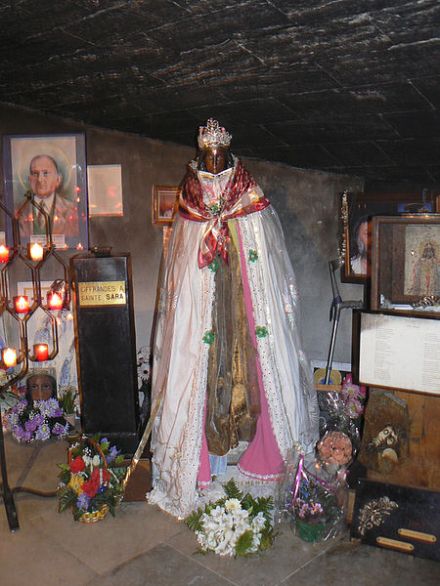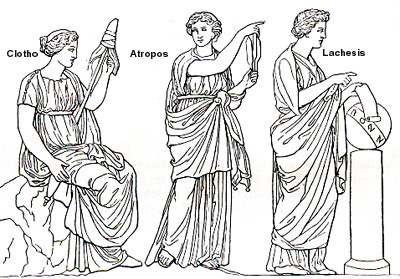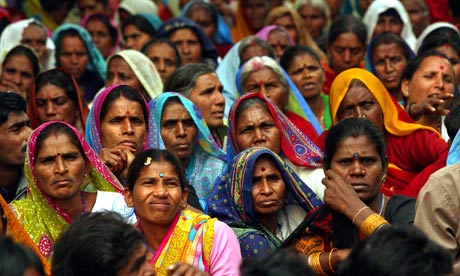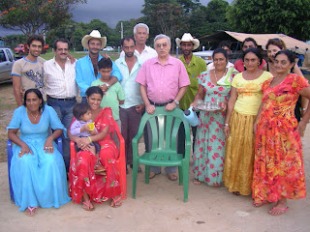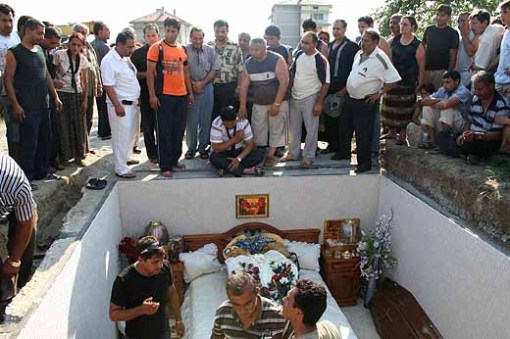Los gitanos habrían llegado a Europa en el siglo XV procedentes desde dos puntos: por un lado siguiendo a los Sarracenos que, a través de Arabia y Egipto, solían hacer incursiones periódicas en Espaňa, y por otro lado acompaňando a los invasores turcos, por Hungría y Bohemia.

Contexto histórico europeo
Europa se encontraba en un período en el que la religión dominaba sobre todo y el clero era la clase dirigente, sin la cual era imposible tomar alguna decisión.
Espaňa concretamente estaba en el periodo de la Reconquista, mientras Alemania estaba en un periodo durante el cual se hallaba en cruentas batallas contra las diferentes sectas en las que se estaba dividiendo el Cristianismo.
La llegada de los gitanos se encuadra dentro de ese marasmo; se establecieron cerca de los ríos y bosques para vivir como ganaderos y herreros, gracias a su rafinado arte de trabajar los metales.
Una acogida normal
Al principio los gitanos asombraron a las poblaciones europeas por su estilo de vida y la falta de una determinada religión. Aun así, los acogieron bien y eran bienvenidos por las clases nobles, debido a que ellos habían forjado las balas utilizadas por los países europeos (Espaňa y Alemania,en particular) para oponerse a los pueblos invasores. Sobre todo en Espaňa, Italia y Alemania muchas tribus gitanas gozaban de la protección de familias nobles, que no rechazaban este tipo de cercanía.
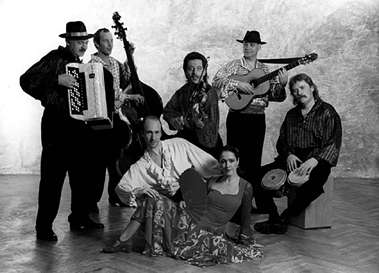
Comienzo de las persecuciones
De repente empezaron las acusaciones contra el pueblo gitano, pasando de la desconfianza a las verdaderas denuncias por ser espias, ladrones, hechiceros, caníbales, aliados del demonio, etc. que fueron recayendo sobre este pueblo sin un motivación precisa; empezaron las persecuciones, al principio con la prohibición del ejercer sus oficios para pasar después a los procedimientos legales.
Episodios de persecuciones “legales”
- 1348: el aňo de la propagación de la peste negra, de la que se acusó a los judíos que habrían envenenado el agua de fuentes y pozos para liberarse de los cristianos. Para huir de las persecuciones, se habrían escondido en los lugares más remotos del mundo, para salir después de 50 aňos, afirmando que se llamaban egipcios.
- 1492: publicación del Edicto de Granada de los Reyes Católicos que determinó la expulsión de los judíos de Espaňa. Este fue el primer documento al que se inspiraron todos los demás emitidos por reyes de toda Europa.
- 1494: el Edicto de Medina del Campo, inspirado por el arzobispo Jimenéz De Cisneros, según el cual se obligaba a los gitanos a vivir y trabajar en las casas de los nobles, so pena de tortura y expulsión del país para siempre.
- 1500: Dieta de Augusta, ley con la que el emperador Maximiliano I impone a los gitanos que abandonen el país, imitado por otros países europeos, como Italia, Francia, Inglaterra, Países Bajos, Escocia, etc.
- A finales de 1700, con el despotismo ilustrado, se intenta asimilar la cultura gitana. En particular con el rey José II y Carlos III; este último en 1783 impuso leyes según las cuales los gitanos eran súbditos iguales a los demás y que se castigaría a quien los hubieran obstaculados en cualquier manera, influenzando también el resto de Europa. a partir de aquí empieza a cambiar el estilo de vida de los gitanos, que tienden más a mezclarse con etnías diferentes, aunque ellos acabaron por aceptar su condición de miseria sin luchar inutilmente, debido al recelo mostrado por el resto de la gente.
Además
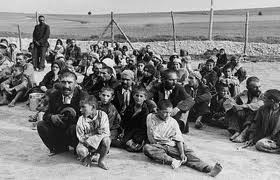
Una anécdota que no se conoce mucho en la historia de los gitanos es la persecución de las que fueron víctimas durante la Segunda Guerra Mundial. No solo los judíos fueron deportados a los campos de exterminio, también millones de gitanos fueron encerrados al principio en campos de internamiento para controlarlos, más tarde empezaron los experimentos de esterilización y los diferentes estudios biológicos para establecer a qué raza pertenecían, debido a las dudas de los alemanes sobre el tema. Más tarde, gracias a una tesis de licenciatura de la asistente del doctor Ritter, que trabajaba en el Ministerio de la Salud, se afirmó que los niňos gitanos tenían el gen del nomadismo, por ello eran potencialmente peligrosos. Ello explica el porqué del holocausto de los gitanos, primero esterilizados y después confinados en los campos de concentración como Dachau, Mauthausen, Watzweiler, Neuengamme, Ravensbruck, Buchenwald, Jagala, Treblinka o Aushwitz, donde empezó su genocidio.

Para no olvidarnos de ellos.
